Did you know that YouTube started as a video dating site? Or that Twitter was initially conceived as a podcasting platform?
When building great products, what you don’t know can hinder your efforts.
Luckily, there are product discovery techniques you can use to identify, with certainty, what your users want.
This guide will walk you through the what, why, and how of product discovery. We’ll uncover the techniques, tools, and potential challenges.
Speaking of tools, our AI-powered research assistant makes product discovery faster and smarter. Marvin can process your user interviews and survey results, automate the analysis, and extract actionable insights in a visual format.
If you’d like to take the messiness out of your product discovery analysis, create your free Marvin account today.

What is Product Discovery?
Product discovery is the process you use to figure out what to build. It helps identify users’ needs and the best way to support them. Therefore, it doesn’t end once you’ve built the product.
For existing products, discovery helps identify new opportunities, refine features, or adapt to user behavior shifts.
When doing product discovery, you go through three distinct stages:
- Explore ideas
- Validate them
- Decide which ones to build
Discovery prevents you from building the wrong thing by keeping user needs front and center.
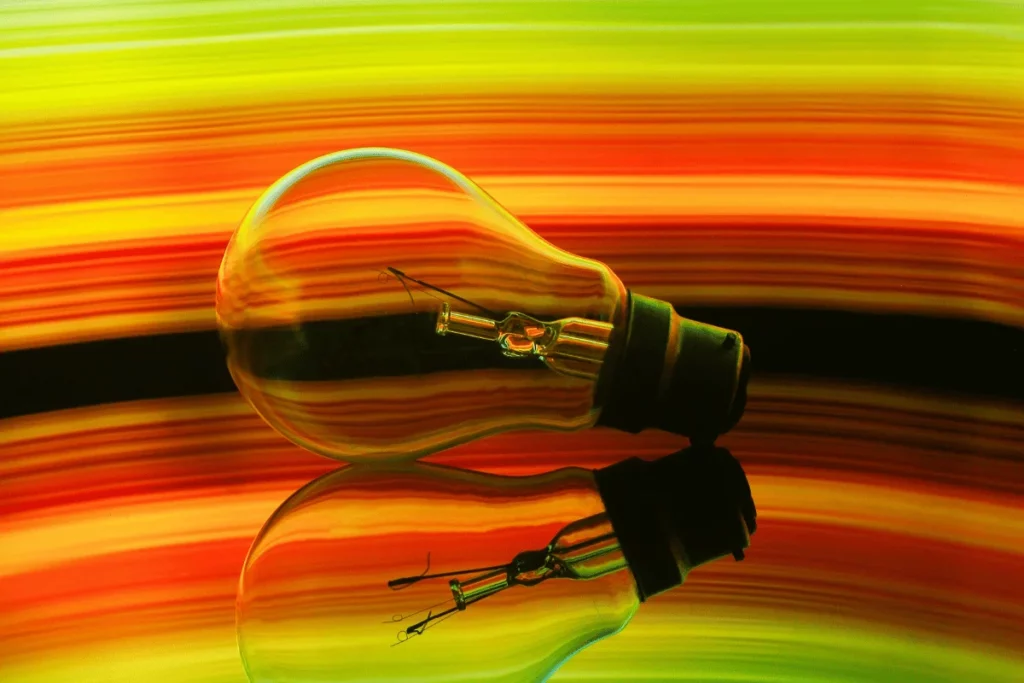
Product Discovery vs. Product Feedback
Isn’t “understanding what to build next” something you draw from product feedback? How are product discovery and feedback different?
Let’s put them side by side:
| Product Discovery | Product Feedback |
| Explores what to build next | Gathers input on what’s already built |
| Focuses on unmet needs or ideas | Focuses on user satisfaction and issues |
| Combines interviews, surveys, and reviews with prototypes and wireframes | Uses mostly interviews, surveys, reviews, and analytics for actual, live products |
| Involves brainstorming and validation | Involves analysis and prioritization |
The two processes are, indeed, interwoven in user conversations. Product feedback is the “How did we do?” part, whereas discovery is “So, what’s next?” Together, they guide you toward continuous product improvement.
Benefits of Mastering Product Discovery
Once you nail product discovery, you gain the confidence that what you build will be impactful and well-received. Here’s how it changes the game:
- Laser-focused solutions: You uncover what users need without wasting efforts on “nice-to-haves.”
- Fewer missteps: By testing ideas early, you sidestep costly mistakes, such as overcomplicating a simple feature.
- Stronger collaboration: Clear insights unite teams, reduce debates, and speed up decisions.
- Happier users: Products built on real user needs lead to better reviews and stronger loyalty.
- Faster progress: When you know what works, you can iterate quickly without second-guessing.
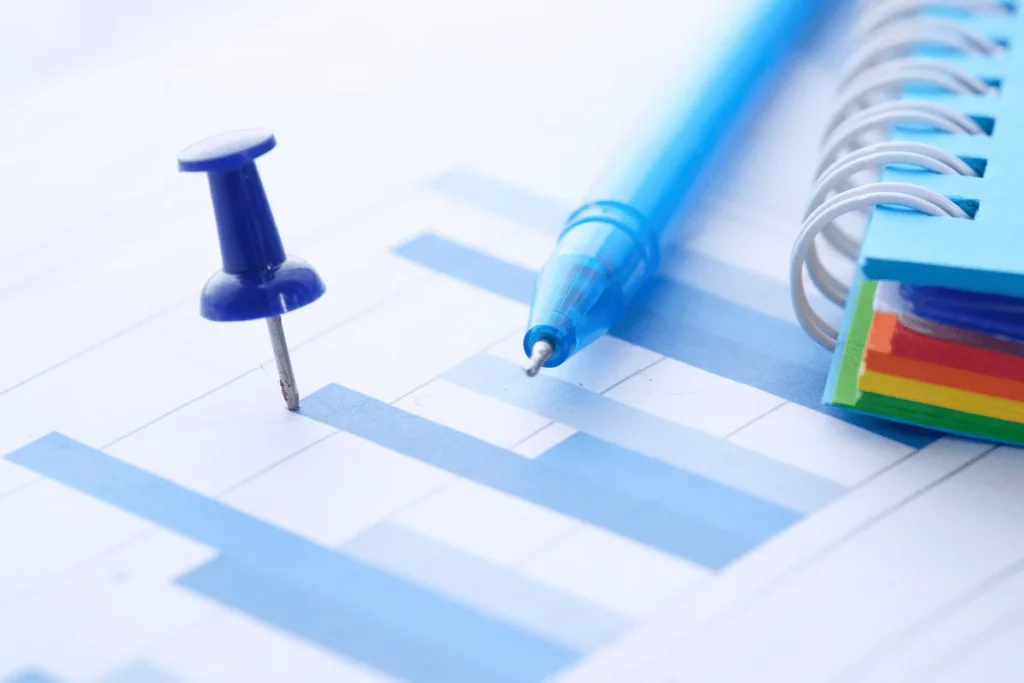
How to Do Product Discovery
Discovery is about learning, not perfection. Stay curious, create a space where users feel heard, and follow this simple process:
- Define the problem: Set the stage for discovery by identifying what you’re trying to solve and who it impacts.
- Talk to users: Validate the problem through interviews, survey analysis, or observation and uncover unmet needs or frustrations.
- Generate ideas: Brainstorm solutions with your team based on the previous findings. Prioritize the most promising ones.
- Build prototypes: Create quick, low-cost versions of your ideas to test their viability and usability.
- Test and validate: Bring users back to interact with your prototype. Observe how they use it and gather direct feedback to see what works.
- Prioritize and decide: Move forward with the most impactful, feasible ideas based on validation outcomes.
- Collaborate and align: Keep your team aligned by iterating together and adapting based on what you learned.
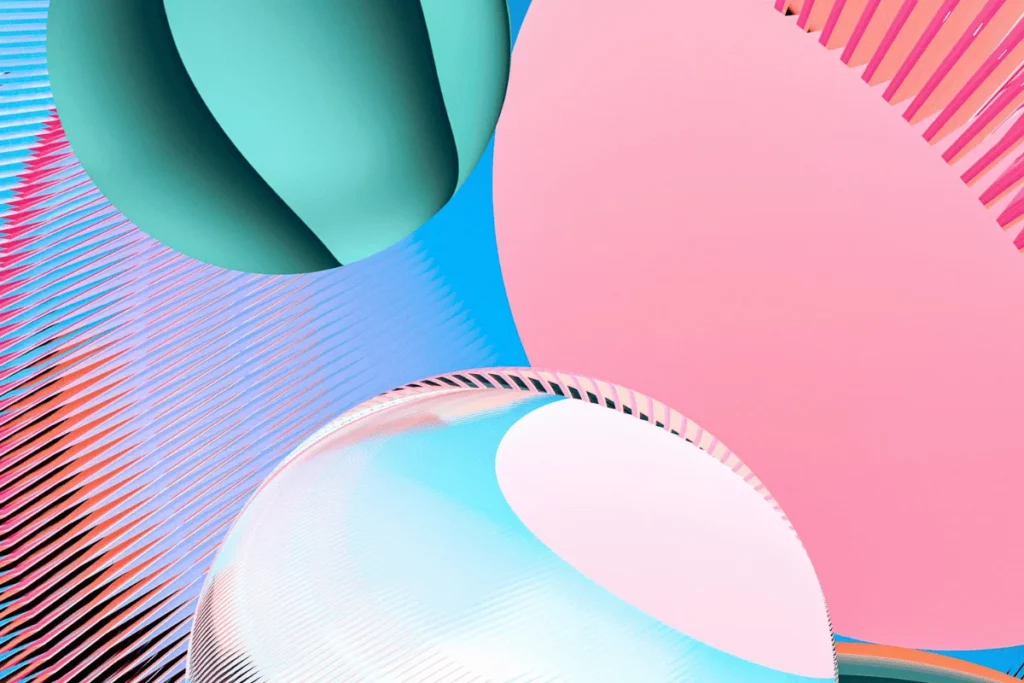
Techniques for Effective Product Discovery
The following product discovery techniques complement each other and help tackle research from multiple angles:
| # | Technique | Scope | Importance |
| 1 | User interviews | Ground your understanding | Foundational for uncovering user needs and essential for informed discovery |
| 2 | Journey mapping | Synthesize insights | Helps you visualize the user’s flow and build on interview insights |
| 3 | Usability testing | Identify barriers | Tests assumptions directly by observing users interact with your product/prototype |
| 4 | Experience mapping | Expands your perspective | Moves your focus to the broader context of user interactions, including internal factors |
| 5 | Surveys | Validate patterns | Collect quantitative data and validate the patterns/preferences you identified earlier |
| 6 | Competitor analysis | Guides differentiation | Spots market opportunities and gaps once you’ve understood your users |
| 7 | Card sorting | Organizes complexity | Organizes content intuitively and refines user interface structures |
| 8 | A/B testing | Validates decisions | Uses data to validate design or functionality decisions (typically later in the discovery process) |
1. User Interviews
Structured conversations gather in-depth user insights. Think of them as getting the inside scoop straight from the people who matter most — your users.
Run qualitative interviews during product discovery to:
- Uncover unmet needs
- Explore potential opportunities
- Validate early assumptions about the problem space
Ask open-ended questions, such as “How do you currently solve this problem?” Aim for behaviors and motivations rather than frustrations with existing features.
You might learn that users rely on workarounds or external tools to achieve their goals. Bingo — those are your innovation gold mines.
2. Journey Mapping
This technique visualizes how a user achieves a goal step-by-step. It focuses on understanding their:
- Current workflows
- Pain points
- Moments where support or innovation could make a difference
A journey map turns abstract processes into concrete design opportunities. It typically:
- Includes user actions, emotions, and touchpoints with your product
- Highlights moments of delight and frustration
For example, you map how users juggle their schedules. If they’re wrangling sticky notes and mental math, here’s your chance to develop a killer scheduling feature.

3. Usability Testing
Testing usability involves observing users interacting with your product or prototype to spot struggles and pain points.
When users interact with a new feature’s prototype, check whether they intuitively complete the steps or get stuck. Do they squint, mumble, or click aimlessly? Then you’ve got some refinement work before full development.
4. Experience Mapping
Experience mapping captures the entire user journey, from first contact to regular use. This high-level view aligns your product with users’ real-world behaviors as it reveals:
- When and how people interact with your product
- What factors shape their experience
Does the experience map show users are most likely to launch your app during short bursts, such as coffee breaks? Then, design it to work in their “grab-and-go” moments.
5. Surveys
Surveys gather broad, quantitative insights into user needs and priorities. They’re great when you need to:
- Spot trends and patterns across a large user base.
- Understand and prioritize what users value most.
- Scale input from hundreds or thousands of users.
During the product discovery survey, you can ask users to rank the importance of potential features (integration with third-party tools, offline access, etc.).
Understand which features are nice to have and which are deal-breakers. Focus on specific, actionable questions to guide your decisions effectively.

6. Competitor Analysis
By studying rivals, you identify opportunities to differentiate and avoid known pitfalls.
For example, compare how competing apps handle onboarding and note where they lose users. If a competitor’s dashboard looks like a control panel for a spaceship, streamline yours, and you’ll win users over.
7. Card Sorting
Card sorting involves asking users to organize and label content into categories. It helps you understand:
- How they think about content
- How to design menus and layouts in line with their expectations
You can invite respondents to play a “Where does this go?” game.
Have them organize potential features or content categories for a new dashboard. Notice how they expect to navigate and interact with your product.
You’ll gain valuable insights on how to develop a logical structure from the start.
8. A/B Testing
This method involves showing different versions of a feature, product, or messaging to user groups and comparing their feedback. But don’t just pick the “winner.” Instead, try to learn which approach better meets user needs and why.
You can A/B test almost anything — from homepage headlines and call-to-action buttons to layout designs or onboarding flows.
The goal is to validate assumptions early and focus on what resonates most with users.
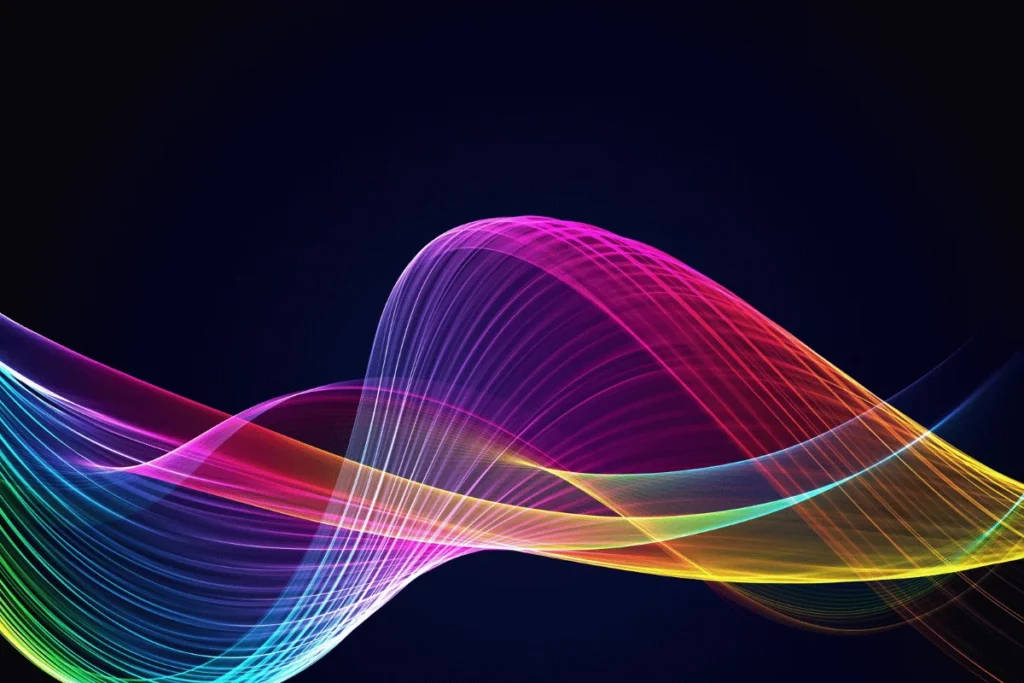
4 Best Tools to Support Product Discovery
Each of these product discovery tools tackles a specific part of the discovery process, making your work easier, faster, and smarter. Combine them, if you want, to create a seamless workflow that drives better results.
1. Marvin: Your Reliable AI-Powered Research Assistant
Marvin is more than an AI research assistant that helps you gather, analyze, and organize qualitative data. It also acts as a research repository.
Use it to compile data from multiple sources — even those scattered Excel files — and turn it into a searchable collection. It’s like Google for your product discovery.
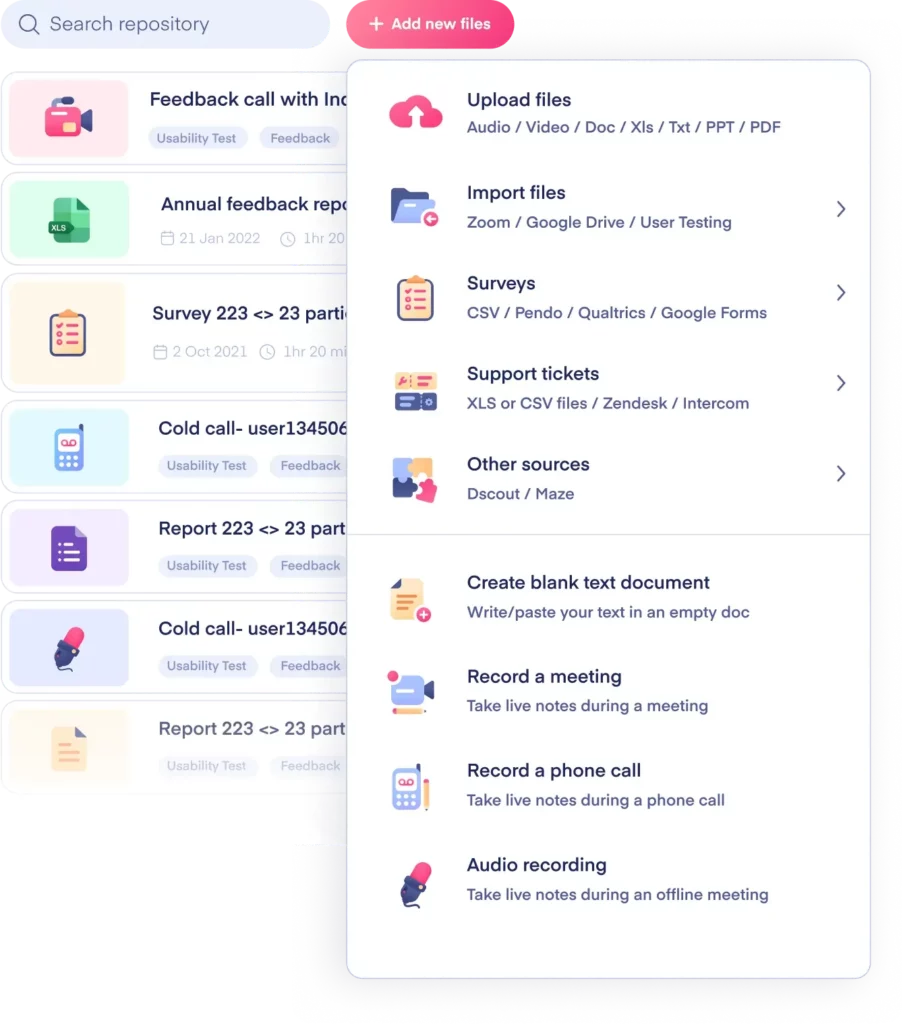
Whether you’re conducting user interviews, running surveys, or diving into usability tests, Marvin simplifies the grunt work. It can accurately and quickly:
- Transcribe conversations
- Highlight key insights
- Tag and organize data into themes
- Extract findings into graphs and charts
If your discovery process often feels messy or overwhelming, Marvin can help you never lose sight of a great idea again.
Its main strength is the ability to handle complex research tasks in minutes. It can spot patterns, surface hidden trends, and pull out actionable insights within one hour of adding research to your account.
Book a demo with Marvin today to see how much it can help you with product discovery.
2. Figma for Prototyping
Figma is a versatile design and prototyping tool that can help with product discovery. Specifically, it can create interactive prototypes to test ideas with users and stakeholders.
Because it’s so simple and accessible, even non-designers can use it. Clicking through prototypes is enough to understand flows and provide feedback.
Teams appreciate the real-time collaboration feature, which allows them to tweak and iterate designs instantly. And developers appreciate the built-in specs and assets.
With Figma, you can validate ideas quickly without writing a single line of code.
3. Trello for Workflow Organization
By definition, Trello isn’t a product discovery software. However, this simple, visual project management tool is particularly useful for organizing your discovery process.
You can quickly set up a basic “Discovery Board” with columns such as “User Interviews,” “Insights,” and “Prototypes.” But you can also track your tasks, ideas, and findings using other boards, lists, and cards.
The drag-and-drop functionality makes progress clear and keeps your team aligned. Trello’s straightforward approach makes your discovery work visible and manageable.
4. Optimal Workshop for User Testing
Unlike Figma, which is broader and more visual, Optimal Workshop specializes in user research techniques. Card sorting and tree testing are two of its core features.
These techniques help you organize content or test navigation structures. For instance, you can use card sorting to design intuitive menus based on how users group items.
This tool offers detailed analysis and visual reports to act on the results confidently. It helps your designers refine information architecture and developers optimize user flows.
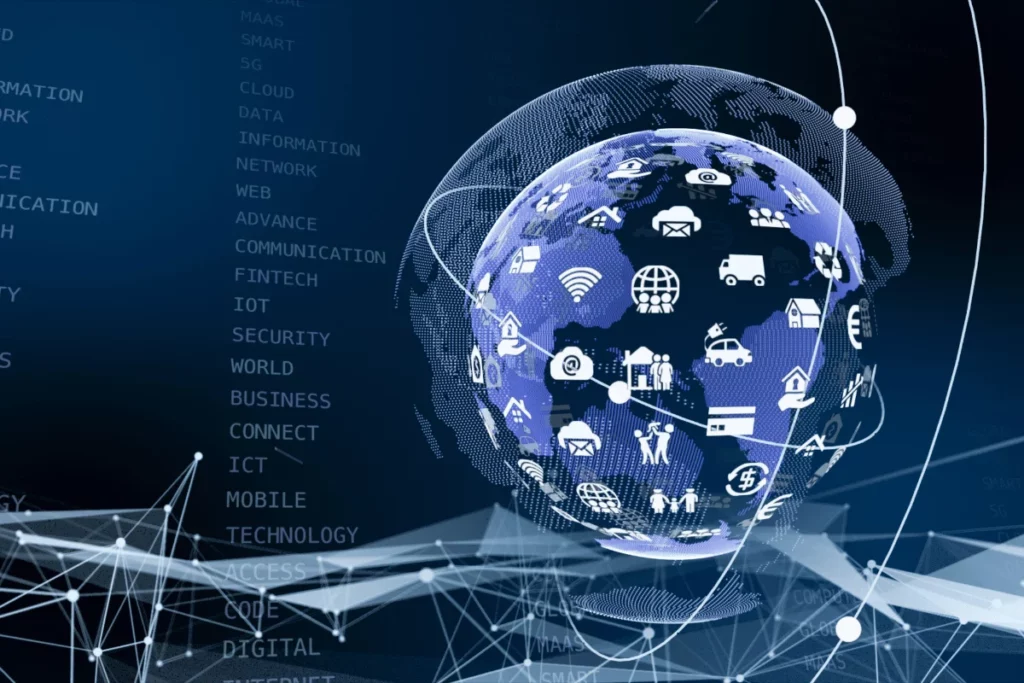
Challenges in Implementing Product Discovery Techniques
Product discovery sounds straightforward in theory — talk to users, test ideas, and refine your product. Easy, right? But in reality, you’re likely to encounter at least some of the following challenges:
- Lack of stakeholder buy-in: Stakeholders tend to see the discovery as a delay in development. They’d rather “just ship it” than “just discover it.”
- Time constraints: Discovery can feel slow progress. It’s tough to explore when the deadline’s already breathing down your neck.
- Unclear goals: Without a defined problem, discovery leads to scattered efforts and insights that don’t tie back to user needs or business priorities.
- Bias in user research: Personal or team biases can skew data interpretation. Asking leading questions in interviews is just one example. “Would you agree this feature is powerful?” doesn’t exactly scream objectivity.
- Difficulty reaching users: Some user groups are hard to access, leading to incomplete or unbalanced insights.
- Fragmented collaboration: Discovery requires input from designers, developers, and stakeholders, but silos often block collaboration. Before you know it, you’re playing telephone, and no one’s on the same page.
- Overwhelming data: Teams can struggle to distill meaningful insights from all the information discovery generates. Without a robust tool like Marvin that automates data collection and analysis, valuable findings get lost.
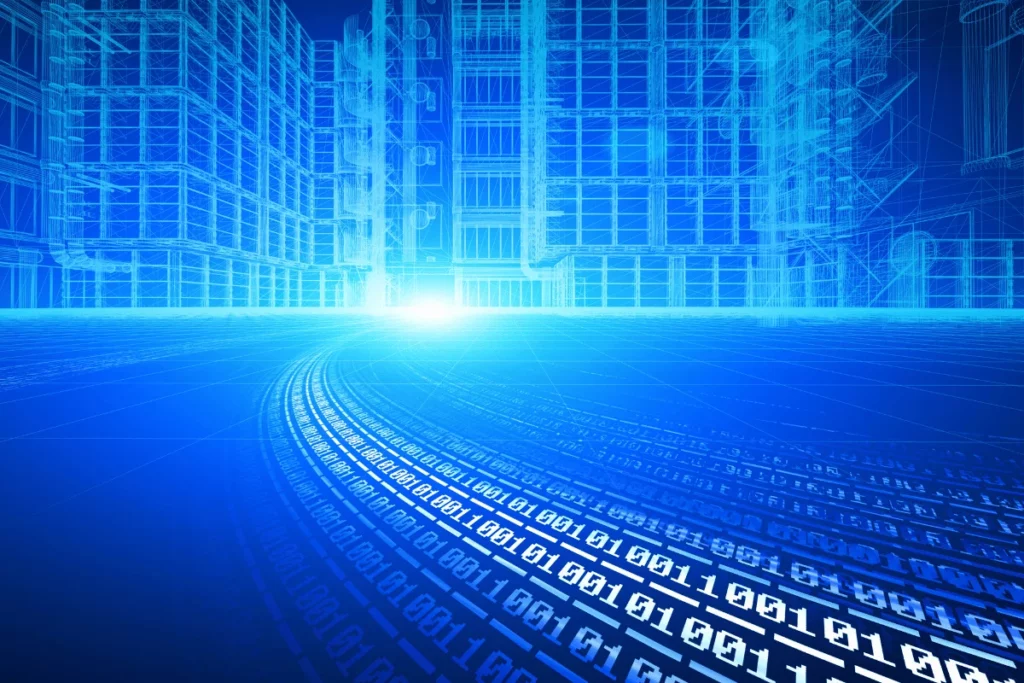
Frequently Asked Questions (FAQs)
Don’t move on to product discovery before you discover the answers to these FAQs:
How Often Should You Revisit Product Discovery for an Existing Product?
Revisit product discovery whenever you notice a drop in user engagement, new competition, or shifts in customer behavior. Regular checkpoints, such as every quarter or at the start of major initiatives, also help.
What Are the Key Indicators of a Successful Product Discovery Process?
If your discovery leads to confident decisions and user adoption, it’s a win. Key indicators that you’ve nailed the process include:
- Clear problem definition
- High team alignment on goals and priorities
- Decisions validated by user feedback
- Early identification of risks or challenges
- Solutions that lead to measurable user and business outcomes
Can Product Discovery Be Outsourced?
Quite a few experts and agencies specialize in product discovery solutions. While you can outsource specific parts, such as user interviews or competitor analysis, you must be cautious.
Your team has the deepest context. Even if you outsource, your involvement is still necessary — especially for interpreting insights and aligning them with your business strategy.

Conclusion
Product discovery is the foundation of every great product. It helps you:
- Understand your users
- Focus your efforts
- Build solutions that truly make a difference
Whether you’re just starting or refining an existing product, discovery keeps you grounded in what matters most. No pressure, right?
The good news is product discovery doesn’t have to slow you down. And you don’t have to do it alone.
Create a free account with Marvin today. Our AI research assistant will streamline your research, uncover insights faster, and enable you to make smarter decisions confidently.

